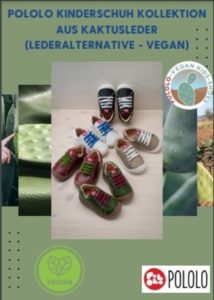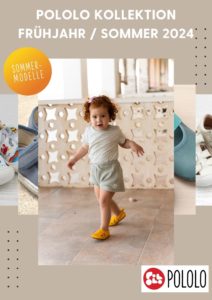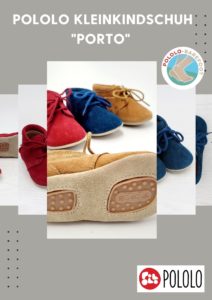Notes from the POLOLO specialist dealer lecture with Nina Holtkamp
The digital POLOLO specialist dealer lecture on July 19, 2022 was once again devoted to the fundamental question of how children can be “good walkers” - on their way to healthy feet as the basis for foot health even in adulthood. This time the impulse was given by Pediatric physiotherapist Nina Holtkamp, herself the mother of a 2-year-old daughter.
Children's feet - a delicate marvel of anatomy
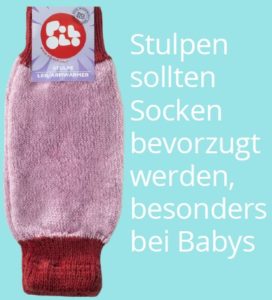
In this context, she pointed out that even socks that are too small can be restrictive. If socks are put on, they should not be pointed, but rather semi-circular (she also recommended stretching socks by hand after washing before putting them on). LEG WARMERS named it as a good way to keep your ankles and therefore your feet warm.
Walking barefoot is recommended – at temperatures between 15 and 25°C
In order to allay parents' fears of catching a cold, she emphasized that walking barefoot and getting sick are only partially related: in principle, cold feet are "normal", because the body specifically keeps the internal organs warm so that the child stays healthy.
Walking barefoot is recommended if the surface allows it (such as on meadows or in the sand) - according to their information, the tolerable temperature range is between 15 and 25°C (at higher temperatures the ground risks becoming too hot, which is why shade should be sought). To keep the child healthy, the torso should be dressed warmer if necessary. Care should be taken to include diapers, pants and socks sit loosely should in order not to impair blood circulation.
The longitudinal and transverse arches of the feet develop when standing upright
The longitudinal and transverse arches of the feet only develop when the child sits up and the pelvis is in position: initially there are so-called Bended and fallen feet are normal for learner walkers. On the other hand, she described heel, club and sickle feet as congenital deformities.
In principle, beginner runners have bow legs in the first year of running, then X legs, until By the 5th or 6th year of life, normal posture and the arch of the foot are developed .
“Learning shoes” – a possibly misleading term
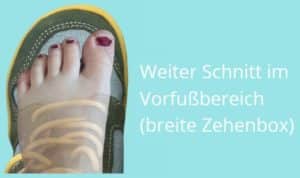
The term “Learn to walk shoes” could be misleading, because you don't need shoes to help you learn to walk - the term should rather be used for shoes for the age of up to three years, for example (like POLOLO). She recommended Shoes without solid soles: In the right size and made of good material, with neat workmanship, especially the seams. Strappy shoes are also well suited as barefoot shoes with a wide toe box for development.
“Barefoot shoes”
Barefoot shoes are characterized by a flexible, thin sole thanks to a wide cut in the forefoot area, zero heel or drop. They are also very light and made of flexible, elastic upper material.
Nina Holtkamp made it clear: Heel pads, arch supports and footbeds are unnecessary with a healthy foot because they Foot muscles must be trained without being influenced. The body naturally strives to stand up straight - a high heel could therefore affect posture and also the pelvic floor.
The right shoe size is a crucial criterion for foot health
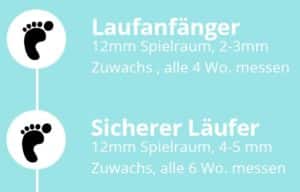
There is currently no measuring method for determining the instep - it should also be noted that “Width” is not the same as “width” is. It is always important to check whether the length of the inner shoe is actually the same as the length of the insole (Franziska Kuntze noted that POLOLO shoes have the right insole for every size). If the shoes are too small, the toes also claw, warned Nina Holtkamp - there is then a risk of permanent misalignment (see. Hallux valgus), but nail bed infections are also possible. On the other hand, shoes that are too big cause you to slip back and forth because you can't get a grip - your toes get stuck when you roll “knocking” Shoes compressed.
“Inheritance” from children’s shoes is quite possible
Finally, Nina Holtkamp discussed the often asked question - given the rapid growth of children's feet - whether children's shoes are safe passed on and used could become.
The prerequisites for this are: good condition, no pronounced footbed and removable insole. She even recommended that the shoe trade respect these conditions Second hand children's shoes to be included in the sales program.
Photo credit: all images © Nina Holtmann
Further information:
Children's physio Nina
Easy to walk - the way to healthy children's feet
POLOLO
LookBook: Barefoot shoes

